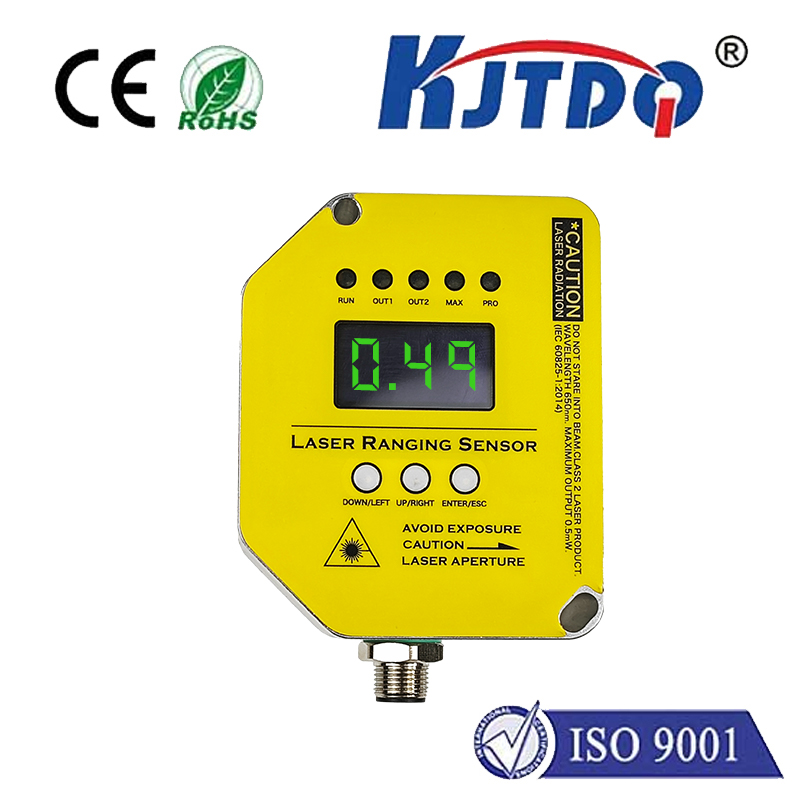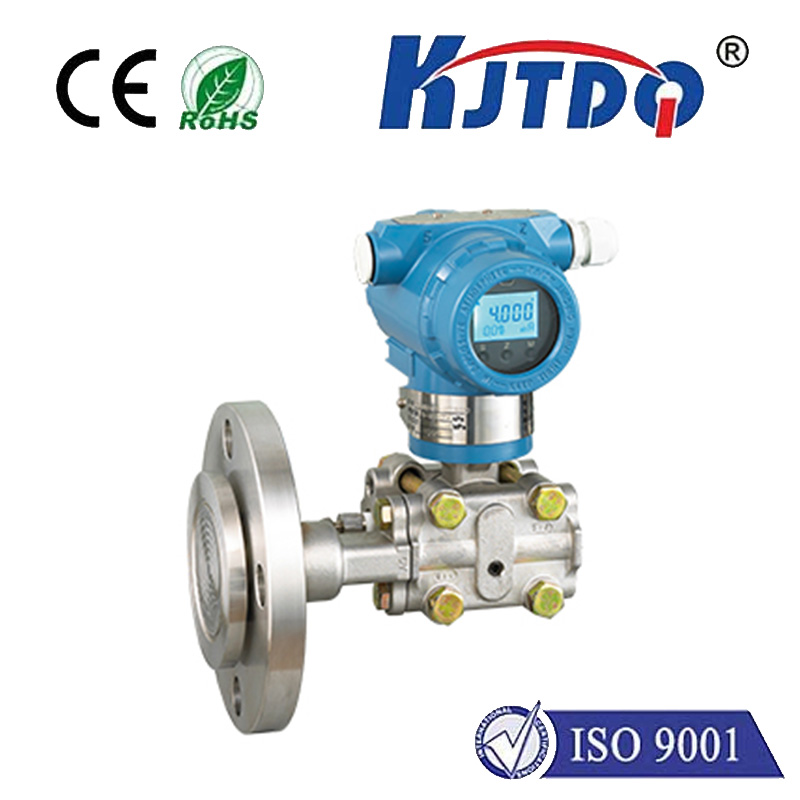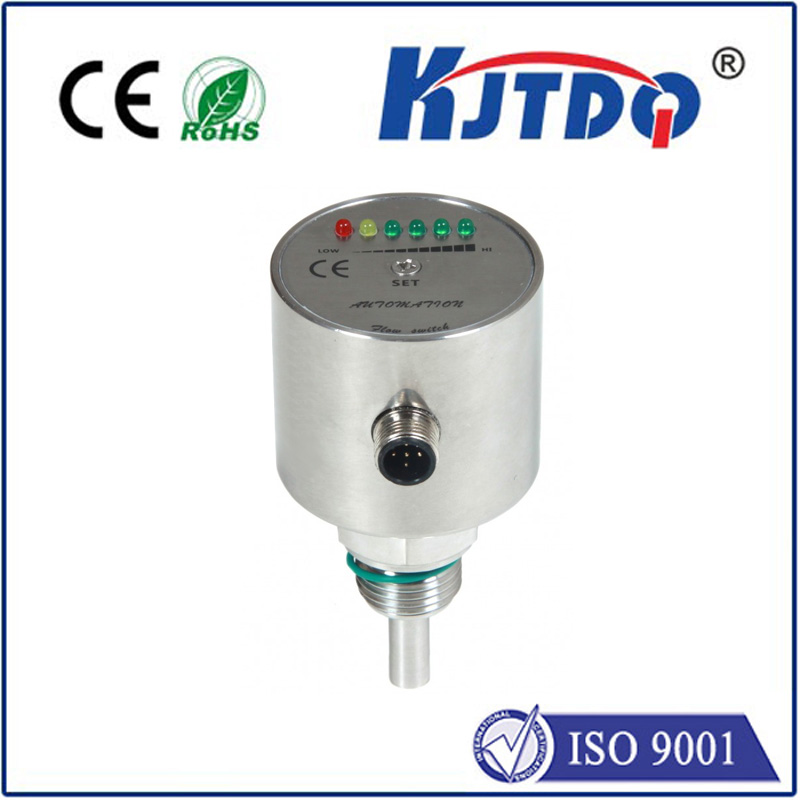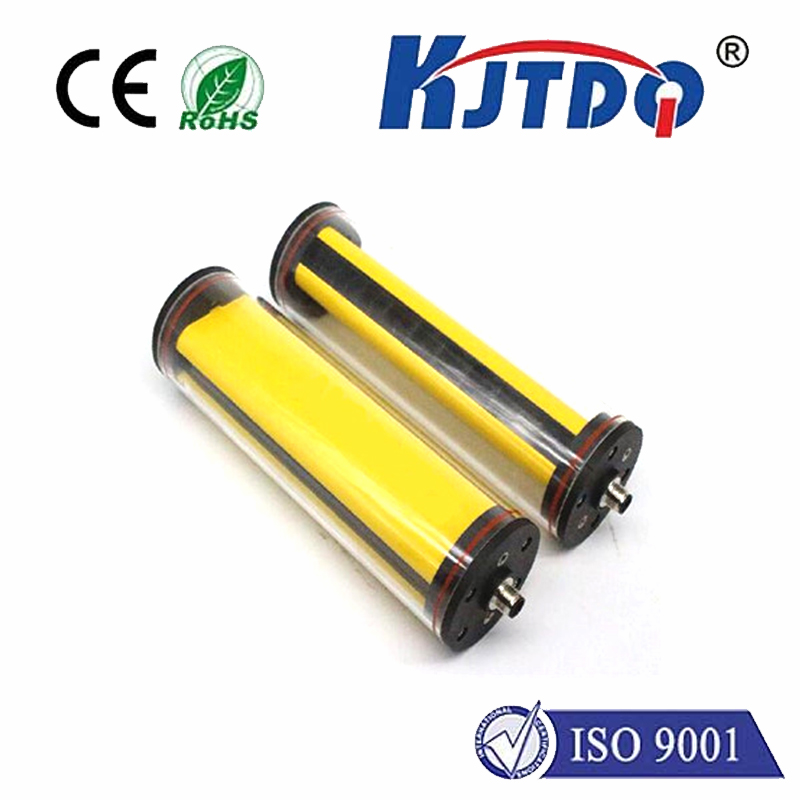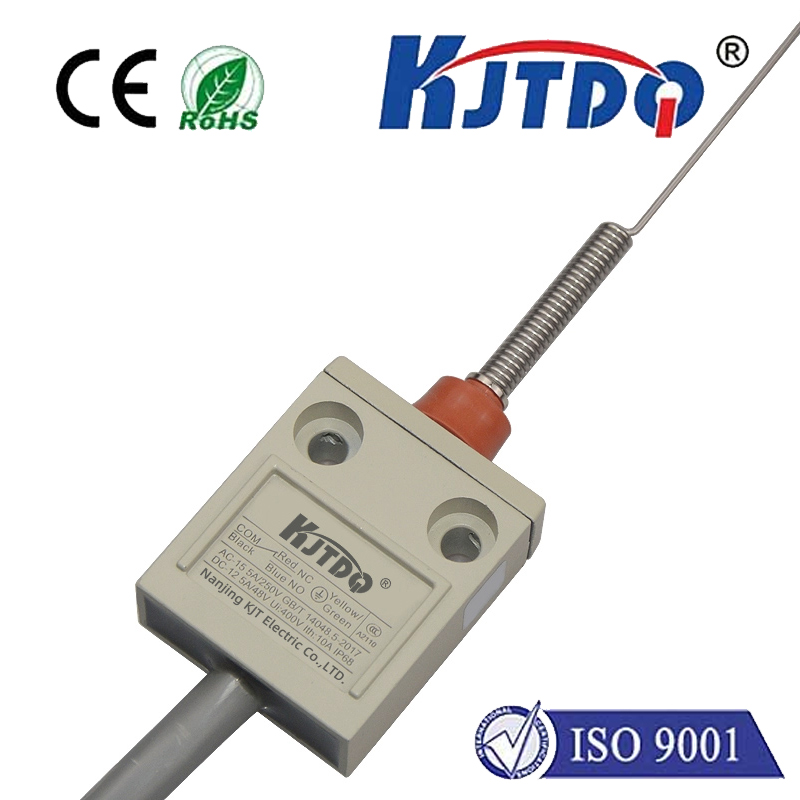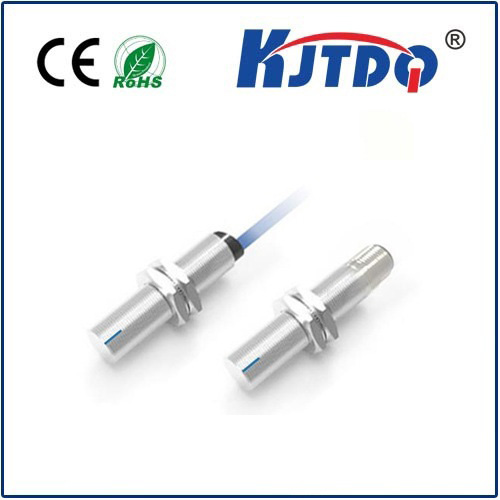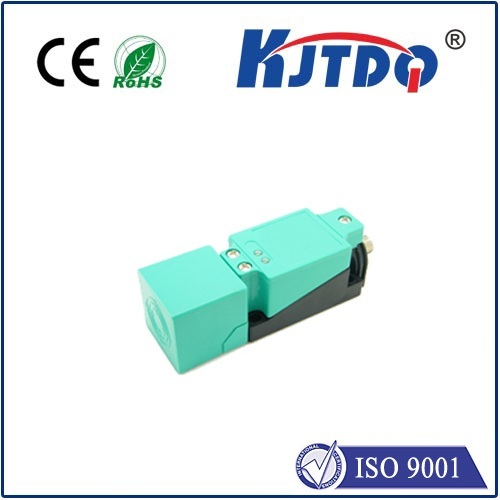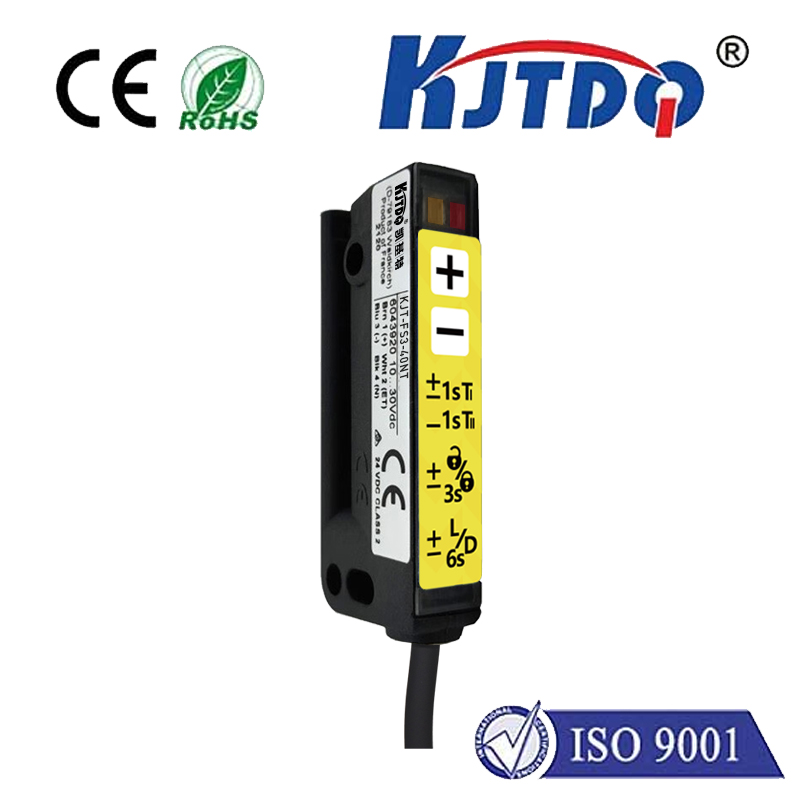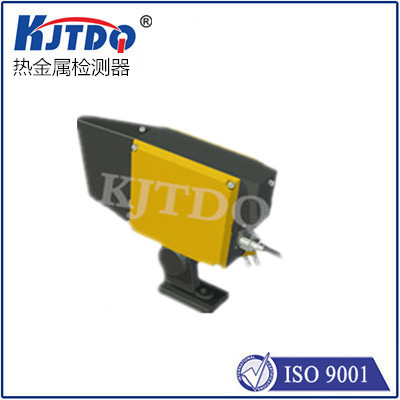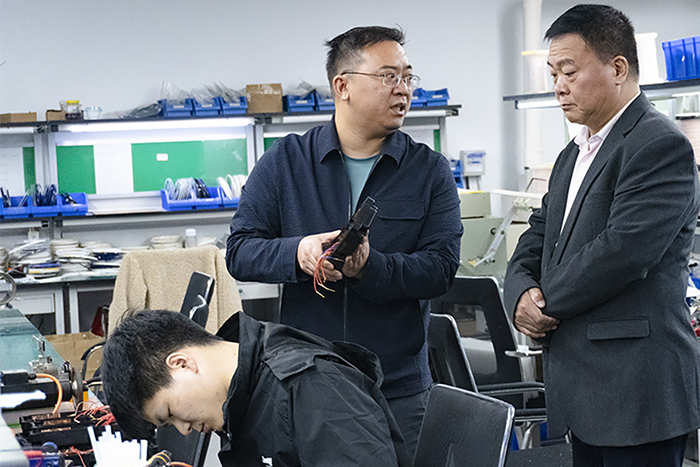
check

check

check

check

check

check

check

check

check

check
Unlocking the Potential of Reflective Photosensors in Modern Technology In an era where technology is advancing at an unprecedented pace, the humble reflective photosensor often goes unnoticed, yet it plays a pivotal role in numerous applications that shape our daily lives. From automated manufacturing lines to smart home devices, these sensors are the unsung heroes that enable machines to “see” and interact with their surroundings. But what exactly is a reflective photosensor, and why is it so crucial in today’s tech-driven world? This article delves into the mechanics, applications, and benefits of reflective photosensors, shedding light on their transformative potential.
A reflective photosensor is a type of optoelectronic device that detects the presence or absence of an object by measuring the amount of light reflected off its surface. It typically consists of a light emitter (usually an LED) and a photodetector (such as a phototransistor or photodiode) housed in a single unit. When the emitter projects light onto a surface, the photodetector measures the intensity of the reflected light. Changes in this intensity indicate the presence, absence, or distance of an object.
The operation of a reflective photosensor is elegantly simple yet highly effective. Here’s a step-by-step breakdown:
Light Emission: The sensor’s LED emits a beam of light, often in the infrared spectrum, which is invisible to the human eye.
Reflection Detection: The light strikes a surface, and depending on the surface’s reflectivity, a portion of the light is reflected back towards the sensor.
Photodetection: The photodetector captures the reflected light and converts it into an electrical signal.
Signal Processing: The sensor’s circuitry analyzes the signal to determine the presence or absence of an object, or to measure its distance. This process happens in milliseconds, making reflective photosensors ideal for applications requiring real-time detection.
The versatility of reflective photosensors makes them indispensable across various industries. Here are some of their most prominent applications:
Automated Manufacturing: In assembly lines, these sensors detect the position of components, ensuring precise placement and reducing errors. For example, they are used in robotic arms to identify and pick up objects.

Consumer Electronics: Reflective photosensors are found in devices like printers and copiers, where they detect paper jams or measure the amount of ink or toner remaining.
Smart Home Devices: In products like automatic soap dispensers or touchless faucets, these sensors detect the presence of a hand and trigger the device to operate.
Medical Equipment: They are used in devices like blood glucose monitors to ensure accurate readings by detecting the insertion of test strips.
Autonomous Vehicles: Reflective photosensors assist in obstacle detection and navigation, enhancing the safety and efficiency of self-driving cars.
The widespread adoption of reflective photosensors can be attributed to their numerous benefits:
Compact Design: Their integrated emitter-detector structure allows for a small footprint, making them easy to incorporate into various devices.
Cost-Effectiveness: Compared to other sensing technologies, reflective photosensors are relatively inexpensive, offering a high return on investment.
Reliability: These sensors are highly reliable, with a long operational lifespan and minimal maintenance requirements.
Versatility: They can detect a wide range of materials, including metals, plastics, and liquids, making them suitable for diverse applications.
When selecting a reflective photosensor for a specific application, several factors must be considered:
Sensing Distance: Different sensors have varying detection ranges, so it’s essential to choose one that matches the required distance.
Surface Reflectivity: The sensor’s performance can be affected by the reflectivity of the target surface. Highly reflective surfaces may require sensors with adjustable sensitivity.
Environmental Conditions: Factors like ambient light, temperature, and humidity can impact sensor performance. Opt for models designed to withstand the intended operating environment.
Output Type: Reflective photosensors can provide digital or analog outputs, depending on the application’s needs.
As technology continues to evolve, so too do reflective photosensors. Recent advancements have led to the development of sensors with enhanced features, such as:
Increased Sensitivity: Modern sensors can detect even minute changes in reflected light, improving accuracy.
Miniaturization: Smaller sensors are being developed for use in compact devices like wearables and IoT gadgets.
Energy Efficiency: Newer models consume less power, making them ideal for battery-operated devices. These innovations are expanding the potential applications of reflective photosensors, driving their adoption in cutting-edge technologies.
The future looks bright for reflective photosensors, with ongoing research and development paving the way for even more sophisticated applications. For instance, they are being explored for use in augmented reality (AR) systems, where they could enhance object recognition and tracking. Additionally, their integration with artificial intelligence (AI) could enable smarter, more adaptive sensing capabilities. In conclusion, while they may not grab headlines, reflective photosensors are a cornerstone of modern technology. Their ability to provide reliable, cost-effective sensing solutions ensures that they will remain a vital component in the ever-evolving landscape of innovation.
